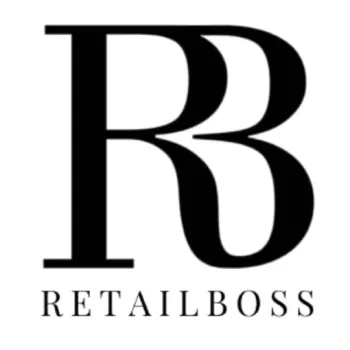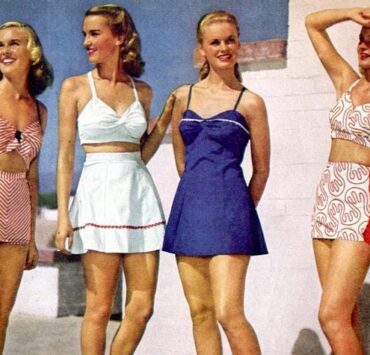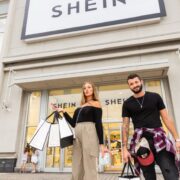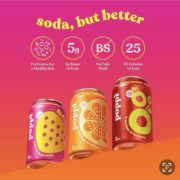Top 9 Iconic Fashion Designers of the 1950s
The 1950s marked a renaissance in fashion, a time when elegance and sophistication reigned supreme.
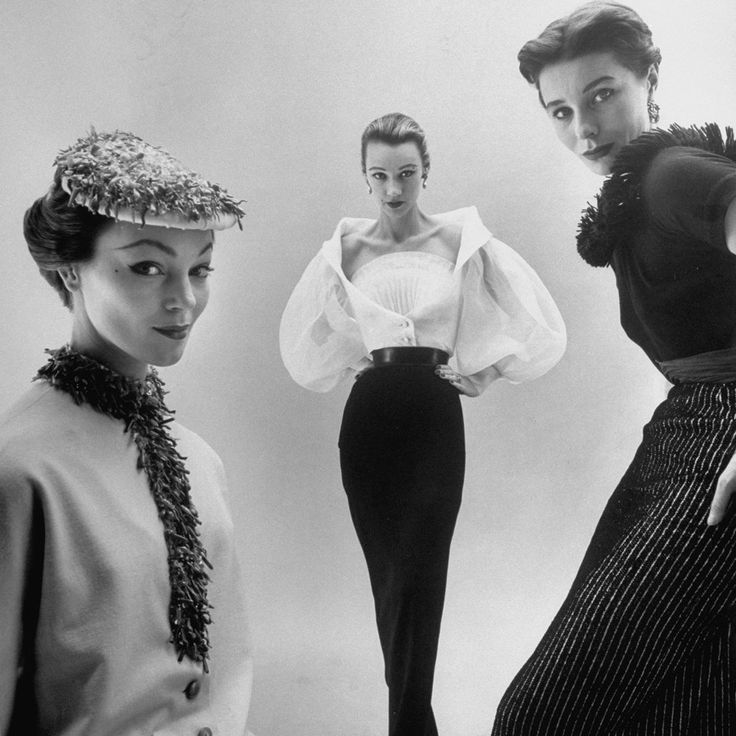
RETAILBOSS provides well-curated, research-driven news and insights into the trends…
The 1950s marked a renaissance in fashion, a time when elegance and sophistication reigned supreme. After the minimalist wartime styles, this decade welcomed a return to opulence, femininity, and glamour. It was an era that saw the emergence of fashion icons and visionary designers who would forever change the fashion industry.
This period offered something for everyone, from the structured hourglass silhouettes and shirtwaist dresses of Dior and Givenchy to the emergence of sportswear and unisex looks. The Ivy League look brought a tailored yet casual style for men, while wash 'n' wear fabrics revolutionized everyday wear with their convenience. Let's dive into the style trends of the decade and the top fashion designers who left an indelible mark.
Top Designers of the 1950s
| Designer | Contribution |
|---|---|
| 1. Hubert de Givenchy | Elegant, clean-line designs, elevated haute couture. |
| 2. Mary Quant | Youthful, innovative designs, began in the late 1950s. |
| 3. Yves Saint Laurent | Transitioned fashion from structured to relaxed silhouettes. |
| 4. James Galanos | Luxurious designs, popular with Hollywood stars. |
| 5. Ceil Chapman | Hollywood glamour, created iconic dresses for stars. |
| 6. Donald Brooks | Chic, wearable, modern yet timeless designs. |
| 7. Gucci | Famous for sophisticated accessories and leather goods. |
| 8. Anne Fogarty | "New Look" silhouette with nipped waists and full skirts. |
| 9. Missoni | Unique knitwear with vibrant patterns, internationally acclaimed. |
1. Hubert de Givenchy
Known for his elegant designs that embodied sophistication and timeless beauty, Hubert de Givenchy played a pivotal role in 1950s fashion. His garments often featured clean lines and exquisite detailing, elevating the standard of haute couture.
2. Mary Quant
While more commonly associated with the 1960s, Mary Quant started making her mark in the late 1950s. She was known for her innovative and youthful designs that catered to the younger generation.
3. Yves Saint Laurent
A prodigy of Dior, Yves Saint Laurent made significant contributions to fashion during the 1950s. His creativity and forward-thinking designs helped transition fashion from a structured New Look to more fluid and relaxed silhouettes.
4. James Galanos
An American designer known for his high-quality, luxurious designs, James Galanos was a favorite among Hollywood stars. His impeccable craftsmanship and elegant evening gowns were particularly revered.
5. Ceil Chapman
Ceil Chapman was synonymous with Hollywood glamour in the 1950s. Her dresses, often worn by screen icons like Marilyn Monroe, showcased intricate draping and flattering silhouettes.
6. Donald Brooks
Embraced for his modern yet timeless designs, Donald Brooks created chic and wearable garments, appealing to fashionable women of the decade.
7. Gucci
The 1950s saw Gucci rise to prominence, with its sophisticated accessories and leather goods becoming highly coveted. The brand’s craftsmanship and luxurious appeal set it apart.
8. Anne Fogarty
Anne Fogarty was known for popularizing America's "New Look" silhouette. Her designs often featured nipped-in waists and full skirts, aligning with the decade’s quintessential style.
9. Missoni
The Italian fashion house became famous in the late 1950s for its unique knitwear. The vibrant patterns and quality of Missoni’s garments drew an international following.
1950s Fashion Trends
1. Hourglass Silhouette: The hourglass silhouette reigned supreme during the 1950s. This look featured rounded shoulders, cinched-in waistlines, and full skirts, created with crinolines and tulle. Designers like Christian Dior, with his "New Look," epitomized this trend, which remained popular until the mid-1950s.
2. Iconic Dresses and Everyday Wear: The shirtwaist dress was a staple of the era, combining a blouse top with a skirt that flared out, making it stylish and comfortable. At-home clothes for women often included similar dresses, emphasizing a polished yet practical appearance, while mink coats represented the ultimate in luxury outerwear.
| Trend | Description |
|---|---|
| Classics | Shirtwaist dresses and tailored outfits blend elegance and practicality. |
| At-home Clothes | Stylish yet functional daily wear, including practical dresses. |
| Mink Coats | Symbolized luxury and affluence, widespread among the upper class. |
| Sack Dress | Initially fashionable, it quickly over-copied, leading to decreased popularity. |
| Sportswear | Casual, comfortable outfits like pedal-pushers and matching tops. |
3. Unisex and Ivy League Influences: Unisex looks emerged, although they were still a minority. The Ivy League look became the epitome of preppy style, with gray flannel suits, skinny ties, and button-down shirts defining men’s fashion.
| Trend | Products |
|---|---|
| Ivy League Look | Gray flannel suits, skinny ties, and button-down shirts |
| Car Coats | Practical outerwear designed for comfort and functionality |
| Wash 'n' Wear Fabrics | Easy-care fabrics that became increasingly common in ready-to-wear fashion |
| Sweater Sets | Matching knitted tops and cardigans, popular among both young girls and women |
4. Bold Colors and Prints: structured silhouettes, vibrant colors, and playful prints characterized Bold Colors and Prints Fashion in the 1950s. Popular colors ranged from pastels like pink and turquoise to bolder modern tones such as electric blue, red, and black. Patterns were equally varied, with plaid, polka dots, gingham checks, and florals frequently appearing.
RETAILBOSS provides well-curated, research-driven news and insights into the trends and business aspects of the rapidly evolving retail industry.
